A Bourgeoisie experience of space and place.
http://www.leonardo-da-vinci-biography.com/images/leonardo-da-vinci-anatomy.9.jpg
Compare and contrast 3-4 ways that the human body has been woven into
theories of architecture and urbanism. Relate these to concrete examples from
your experience of space and place.
http://www.arcspace.com/architects/calatrava/torso2/4torso.jpg
The human form is a fundamental part of architecture, from the mathematical layout of Roman temples and the divine geometries of the Vitruvian man, to the ornamentation of the grotesque. Theories correlating with classical human geometry is the most basic example of the human body in architecture. The bodies response to the built environment is far more diverse.
There are many theories relating to the human form as the body has been a subject of constant discourse for philosophers; from plato’s cave, to the grotesque. Theories based on visual geometry, Perception and interaction, religious and scientific, mathematical and natural, visual and experiential; the subject matter is exceptionally broad, for the purposes of this essay I will be focusing on space, how the human form influences, defines, and perceives it. I wish to address the bodies effects on the nature of space rather as an influence of design language.
http://farm4.staticflickr.com/3048/2453372595_c273d3cb08.jpg
http://www.becauseitsgood.org/system/wysiwyg_pictures/5/medium.jpg?1267116971
The human body has been woven into theories of architecture and urbanism in almost every way imaginable. Part of process of producing a theory seems to be to exhaust all possible ways of interpretation to establish one above all else as the conclusive theory, but depending on how the theory approaches the subject of the body defines the outcome. I wish to approach the influence on the nature of space, how architectural environments have been shaped by the human form throughout history, how it may continue to do so, and how the body’s perception of a space defines itself and its surroundings.
http://www.mtholyoke.edu/courses/rschwart/hist255-s01/pleasure/restaurants2.jpg
Michel Foucault’s History of Sexuality: Volume I, is about the human body’s sexuality, its place, perception, and function within society and how this has influenced western society and culture. It is a critical study on the power and discourse of sexuality, social institutions(specifically how they have been shaped by the human body), sexuality, technology, repression, natural progression, and evolution. It is about the history of sexual discourse, the development of western “Scientica sexualis”, the power of sex and bio-power, and an opposition to the “repressive hypothesis”. Foucault delved into the history of the development of sexual discourse that is now western society and the construction of the institutions that define it through the manipulation of the socio-political fabric of the Bourgeoisie. In the 17th and 18th century the world changed. This book is about why.
“Take the secondary schools of the eighteenth century, for example. On the whole, one can have the impression that sex was hardly spoken of at all in these institutions. But one only has to glance over the architectural layout, the rules of discipline, and their whole internal organization: the question of sex was a constant preoccupation. The builders considered it explicitly. The organizers took it permanently into account. All who held a measure of authority were placed in a state of perpetual alert, with the fixtures, the precautions taken, the interplay of punishments and responsibilities, never ceased to reiterate… – all this referred, in the most prolix manner, to the sexuality of children. What one might call the internal discourse of the institution.”
Many institutes that developed in the 17th and 18th century did so because of a consciousness of sexuality and the body. Sexuality existed, actively and ever present and institutions were responsible for its management. But Foucault argues against the theory of repressed sexuality which is if often present in historical accounts of western development, stating that society has not repressed our sexual nature but diversified it by creating a social structure formed by governing bodies, judicial practices, and institutional development, based on rational discourse through scientific progression, that catalogues sexuality; so what seems to be repression of certain social situations had actually developed into an entity of its own.
“It would be less than exact to say that the pedagogical institution has imposed a ponderous silence on the sex of children and adolescents. On The contrary, since the eighteenth century it has multiplied the forms of discourse on the subject;”
The development of the institutions was a result of the Bourgeoisie attitude towards sexuality and sexual discourse. The Bourgeoisie as a class was ‘occupied’ “with creating its own sexuality and forming a specific body based on it, a “class” body with its health, hygene, descent, and race: the autosexualization of its body, the incarnation of sex in its body, the endogamy of sex and the body.”
The institutions were the Bourgeoisie’s response to the undesirable elements of society. The body is fundamentally sexual, the creation of institutions was to deal with those parts of society the Bourgeoisie deemed necessary to be controlled in order to define itself as something different. The bourgeoisie created a body for itself, a political body to set itself apart from the aristocracy, “tracing a dividing line that would set apart and protect its body”
(bourgeoisie eugenics through the administration of sex.) The discourse of the body, its sexuality and how this effected society, and the built environment were a result of Bourgeoisie administration brought about by a new found awareness of the body through technological advancement, specifically that of medicine.
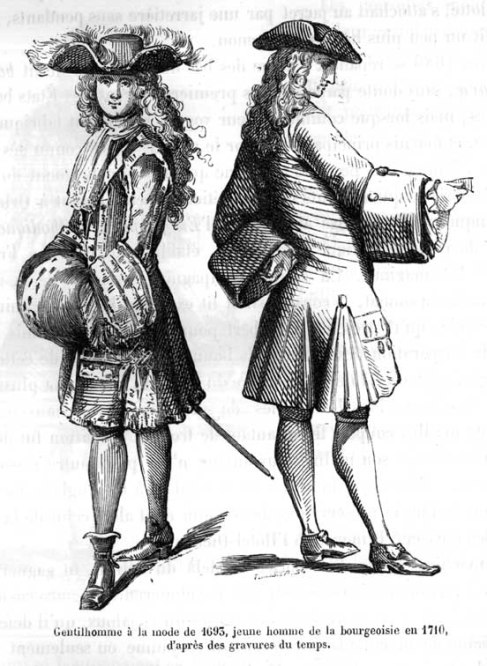 http://forexaw./TERMs/Politika5465/img290468_1-6_Odezhda_burzhuazii.jpg
http://forexaw./TERMs/Politika5465/img290468_1-6_Odezhda_burzhuazii.jpg
There was more than one social revolution that defines todays society and its relationship to the body, another being being the industrial revolution and the concept of “Bio Power”.
“This bio-power was without question an indispensable element in the development of capitalism; the latter would not have been possible without the controlled insertion of bodies into the machinery of production and the adjustment of the phenomena of population to economic progress.”
Bio power is an investment in the body which in work forces was indispensable during the industrial revolution. An investment in bodies was an investment in the economy.
http://limerickwriter.files.wordpress.com/2011/11/industrialrevolutionworkers1.jpg
Essentially Foucault is saying that technology is responsible for the changes in society and sexuality’s reception in society. In terms of the bourgeoisie it was medical advances leading to a higher standard of living for the advantaged members of society which lead to the institutions, but the same thing can be applied to almost all social change in one way or another. Whoever enforces the law is the curator of social change. Todays urban structure and the segregation of classes in todays society are all descended from the social formation of the bourgeoisie caused by medical advancements of the 17th century.
“Whence the importance of the four great lines of attack along which the politics of sex advance for two centuries, each one was a way of combining disciplinary techniques with regulative methods, the first two rested on the requirements of regulation, on a whole thematic of the species, descent, and collective welfare, in order to obtain results at the level of discipline; the sexualization of children was accomplished in the form of a campaign for the health of the race … ; the hysterization of women, which involved a thorough medicalization of their bodies and their sex, was carried out in the name of the responsibility they owed to the health of the children, the solidity of the family institution, and the safeguarding of society. It was the reverse relationship that applied in the case of birth controls and the psychiatrization of perversions” here the intervention was regulatory in nature, but it had to rely on the demand for individual disciplines and constraints (dressages). Broadly speaking at the juncture of the “body” and the “population,” sex became a crucial target of power organized around the management of life rather than the menace of death.”
Foucault considers architecture an “ars erotica” in a society that mainly centers on a “scientia sexualis”, a remaining art form used to evoke pleasure in the user and the creator in a society defined by science. Pleasure is sexual and sexuality is the vice of the body. “the flesh”.
If architecture (or the body) is an “ars erotica” then “the power” of society is saying that it has no place in society, or at least controls it. The body in architecture is subjected to a prohibitive juridicial power, or at least it was in the Bourgeoisie epoch.
Architecture is an expression of sexuality, and sexuality has its place. Sex and sexuality, and furthermore all freedom of expression are part of our lives and out bodies, those that are more forbidden are required designated zones within society. Foucault’s writing is less about establishing a new theory, but enlightening us with a perspective of historical developmental theory. As a writer Foucault’s body of work focused on the past, on history, but his messages are applicable to contemporary architectural thinking, I believe that this was partly due to him being critical of modern society, considering it to be a misinterpretation of the past.
What is today considered socially acceptable is an example of Foucault’s theory of the development of sexual discourse. Sexuality obviously has its place and that is behind closed doors. The institutions still exist, and now ironically they are the only remaining strongholds against capitalism. But that is because there is no potential for capital gain in the undesirable sectors of society. The policing of public zones are stricter than ever, but that is because people don’t want to be bothered by undesirables whilst they spend their time in “public” spaces.
http://farm2.static.flickr.com/1179/563860054_cc3f74ca6b_o.jpg
The second theory I am going to consider is from Jean-Luc Nancy’s essay Corpus, which is a work that is directly relatable to the principles of phenomenology as a discourse on the perception of the human body, its fundamental nature, its representation in writing, the body in space and how it perceives space, itself, and how space perceives the body, which is directly applicable to architecture as a means of expression, representation, and interpretation. Jean-Luc Nancy uses Corpus to define bodies; a body is an object with a weight: a physical weight, an emotional weight, a weight that is in some way perceived. Throughout Corpus Nancy approaches the body in an incredibly broad manner, saying that almost everything is a body but the relevance to this essay starts when he begins talking about the interactions of “bodies”.
The foundation of Nancy’s theory of the relationship between body and perception is from Freud.
“Freud’s most fascinating and perhaps most decisive statement is in the posthumous note: Psuche ist ausgedehnt: weiss nechts davon. “The Psyche’s extended: knows nothing about it.” The “psyche,” in other words, is body, and this is precisely what escapes it, and its escape, or its process of escape, constitutes it as “psyche,” in a dimension of not -to-know-itself.
So, too, the body, or bodies, that we try to touch through thought: “psyche’s” body, the being-extended and outside-itself presence-to-the-world.”
Our psyche is outside ourselves, beyond out bodies and are our main form of interaction with the world. The psyche being an extension of the body but a body in its own right, proposing how we mentally interact with a space even before we do physically. Nancy refers to “Body beyond place.”
Psychic projection, like a form of astral projection where the psyche projects itself into a space, experiencing it on a level beyond the physical body. We refer to this as though.
The psyche is an extension of the physical body. perception is instinctual, it happens regardless. Whenever we perceive bodies we are assuming and gleaning knowledge from it.
“To see a body is precisely not to grasp it with a vision: sight itself is distended and spaced by this body here, it does not embrace the totality of aspects. An “aspect” is itself a fragment of the areal trace, and sight is fragmentary, fractal, shadowy. And anyway, the body is seen by a body…”
Descartes says that this is all dependent on “each time”, each experience being an independent moment. Our psyche is ego, when it is declared, considered. Nancy approaches the subject of consciousness as a physical embodiment
from the basis of the works of descartes. The psyche is a body…
(basically saying that a thing is because it is.) Being is thinking and thinking is being, thinking defines being therefore you can summarize all that Jean-Luc Nancy is saying in the four hundred year old statement by René Descartes, “I think therefore I am”, and going even broader to say that “I think therefore all is”.
The body is always an object. (what Descartes says again) “I ob-ject my body against myself as something foreign, something strange, the exteriority to my enunciation (“ego”) from this enunciation it-self.”
So to define oneself is beyond the body.
We live in a world of bodies.
A body is its perception and interaction with other bodies.
Bodies define spaces, imposing themselves on them, defining them and in turn being defined by the relationship. So it’s about how bodies use space that defines the space and one of the principles of architecture is creating a space that defines itself by presenting itself in a certain way so that bodies interact with it in a specific manner.
“This world – already our own – is the world of bodies, because it has, because it is, the very density of spacing, or the density, intensity, of a place. This density distinguishes it from a leveled universe, and from a shattered economy. Leveling and shattering would seem to be the known, conjoint, forms of general human agency. These forms line up alongside, and cross, the dense world of bodies. In a sense, the world belongs to them. And yet for them the world remains inappropriable, beyond their grasp, out of sight, beyond their pain. It, this world, is the world of the appropriation of the proper: a world of nongenerality, a world offered not to “humanity” but to its singular bodies. Not general: world-wide.”
Corpus is very similar to the works of Maurice Merleau-Ponty on perception of things by the body and the body itself
, Ponty believed that we have an inherent spacial awareness of our consciousness, that in this way we understand a space by experiencing it with our psyche
he is basing a theory on spacial awareness but then this can’t be a fundamental part of each individuals consciousness or children wouldn’t get their heads stuck in railings and motorists would not scrape their cars by trying to get into a space that is too small. If one believes that depth perception is evidence of a psychic connection to the universe their assumptions may be a little off. Things like physical spatial awareness are learned traits from childhood, there is nothing divine about it.
http://www.expressandstar.com/wp-content/uploads/2011/07/WD4040558@Rachel-Warren-f.jpg
Perhaps parts of Corpus cannot be considered phenomenology as at times it is so analytical that it is practically scientific, delving into psychology, whereas Heidegger’s theory of phenomenology seems more likely to be rooted in Romanticism, prioritizing feeling and emotion over reason, which Nancy is so keen on. “Feelings of awe and sublime do not require the faculty of logic and reason,”
Therefore it should not be quantifiable by science but a judged purely as a qualitative experience of place. Heidegger’s Phenomenology was about designing for senses beyond the visual through the utilization of properties of materiality, but how can this be a scientific process perception is so fundamentally dependent on the individual?
“The body is the in-finity of a thought: A body doesn’t stop thinking itself, weighing itself – specifying under this precise condition that the self to be thought – is not at “its” disposal,”
This thought is constant, defining space and place. Everything is in relationship to “itself”. It defines itself in relationship to itself (“its weight”). We are in a world made up of bodies, bodies are defined by thought but what defines thoughts? According to Nancy thoughts are bodies
that is they are thoughts until they are considered, thoughts are products of senses, perceptions, without perceptions there would be no thoughts of bodies. Without senses what are bodies, bodies do not exist without senses as they are fundamental to the being of everything, without them there would be no world. A body is an image, a collection of sensory information, offered to other bodies, defining it. The interactions between bodies are what creates space and physicality. To Nancy it is the “weight” of thought that defines bodies. You could say that thought is part of the body therefore the body “declares” itself.
A body is what defines it. It is its sensory properties and a body’s interactions with space are a full sensory experience.
“The delighted body is extended in all senses, making sense of all at once and of none. The delighted body is like a pure sign-of-self, subject to being neither sign nor self. Delight itself is a corpus of zones, masses, thickesses extended, areolas offered, touch itself disperses in all its senses which do not communicate with each other (senses don’t touch each other, there’s no “common sense,” no sensing “in itself”: Aristotle knows it, saying that each sense senses and senses itself sensing, each on its own with no overarching control, each one withdrawn, as sight, as hearing, as taste, smell, touch, each delighting and knowing that it delights in the absolute apartness of its delight; all theory of art issues from this starting point…The delighted body delights in itself insofar as this self is enjoyed (as delighting / being delighted, touching / being touched, spacing / being spaced make, here, the essence of being). Self extended through and through in the coming, in the coming and going into the world.”
The body delights in interaction and being interacted with. Senses are detached from each other but they produce a singular experience. If there was no sense we’d have no concept of place or bodies. Touch creates the world. There are no bodies without senses because how we perceive bodies is defined by senses so without senses there are no bodies. Senses are fundamental to being.
http://sensespinners2010.files.wordpress.com/2010/11/0201wintd.jpg
How do you question how people see things and accurately discuss it when the only perception you can faithfully duscuss is your own. Perception is very much an individuals experience. Phenomenologists in the architectural profession spend their whole time trying to manipulate the perception of the user but in reality all they can do is tailor a design to their own emotional response. How does one work in this way without solely catering for stark generalizations. According to C.Classen in “Mcluhan in the Forrest”,
architecture as a visual medium is a western fabrication so in some ways phenomenology is the only way to consider architecture on a global frontier, although how a space is actually received may still be entirely different from one individual to the other depending on their own upbringing and culture. Therefore architecturally designing to evoke emotions through a bombardment of non dominant senses is something that can well be discussed in theory but it the goal is to create something specific it’ll have to be accepted that in doing so a percentage of the users will be alienated.
The one purely profound sensory experience I have experienced was perhaps not phenomenological but it had the desired effect of phenomenology, and this experience was upon entering St. Peters Bazillica in Vatican City. I had never experienced such a sense of the bodies place in space, and I suppose that the experience with fundamentally spatial purely because of the scale. I am not saying that St Peters was designed with phenomenology in mind but as with most religious architecture it was designed with an agenda, to produce a sense of awe, as if in the presence of god, or to relay the power and wealth of the church. I may not have experienced the space on a psychic level but there was a definite moment of relation between the body and space and place.
http://smtdaily.com/wp-content/uploads/2012/04/google-glasses.jpg
Simians, Cyborgs, and Women by Donna J Haraway is about; Cyborg feminism, a feminist response to the masculinity of society and architecture, the nature of women, and how feminism is going against nature, the marriage of technology and humanity into spaces, and the nature of patriarchal societies. But what I am interested in is her theory of “The Cyborg”.
“By the late twentieth century, our time, a mythic time, we are all chimeras, theorized and fabricated hybrids of machine and organism. In short we are cyborgs. The cyborg is our ontology; it gives us out politics. The cyborg is a condensed image of both imagination and material reality.”
She at length utilizes the metaphor of the cyborg as an amalgamation of feminism and socialism but the cyborg is a highly applicable metaphor and can be applied to the relevant subject matter of this essay in relation to urban design, more literally with humanity and technology.
“The cyborg is resolutely committed to partiality, irony, intimacy, and perversity. It is oppositional, utopian, and completely without innocence. No longer structured by the polarity of public and private, the cyborg defines a technological polis based partly on a revolution of social relations in the oikos, the household.”
The cyborg is an ironically grotesque concept, claiming to be utopian in the worst possible way, completely unsympathetic to humanity. A perversion of nature but then according to Foucault society is perverse.
This is not the first time that Haraway’s work can be related to Foucault as in a previous point she is in-tune with Foucault in saying that ‘being female” is an assembly of sexual scientific discourse
The Cyborg principle can be interpreted as a parody of how the built environment is changing because technology is changing, this effects how space is used by bodies and how this means that the nature of public space is changing, and architecture should accept this and repurpose space or consider the integration of technological advances, in effect, digitalized architecture.
Relating to Manuel Castells space of flows, proposing a new theory of urbanism based around the changes of activities in spaces due to the information age, this is as much about how the body has changed as how space has changed because of technology, but that urban spaces should change to sympathize with the changes of body, rather than designate new spaces like heterotopias. The nature of things are constructed by our ideas about them. Bodies are objectified in architecture, or at least they are symbolized in design to create something different. There is a binary opposition between the organic and the mechanical and within society there is a “logic of dominance” which creates a hierarchy between the two. Haraway suggests that this should be contested and undermined to blur the edges between the two and create a “cyborg” which when applied to other things is a stark contrast to Foucault’s theories on social divisions, but this is not necessarily an accurate application of the metaphor.
http://moztastic.files.wordpress.com/2008/09/an-eye.jpg?w=560
“The cyborg is not subject to Foucault’s biopolitics; the cyborg simulates politics, a much more potent field of operations… The dichotomies between mind and body, animal and human, organism and machine, public and private, nature and culture, men and women, primitive and civilised are all in question ideologically. The actual situation of women is their integration/exploitation into a world system of production/reproduction and communication called the informatics of domination.”
Therefore socially the cyborg is a feminist device in response to the woman’s position within the patriarchal society.
In relationship to architecture the cyborg is not about the construct of an entirely new society, but about the integration of new technologies into society. The theory is about how a radical introduction of technology into society can change it. The introduction of technology into social spaces can change them but really the development of technology is changing social spaces naturally, without any forcing it required, but for there to be a “radical” social change opposed to a gradual one, a technological movement would potentially act as a catalyst.
http://1.bp.blogspot.com/_aUdwFGSRD-E/TOJXKJMcDOI/AAAAAAAAAoQ/XdbURDsft_Y/s1600/500x_deaddrops2.jpg
Modern technological development is already having an impact on the nature of architecture and urbanism. Technology had affected the way that a body interacts with space and indeed other bodies. In Manuel Castells’ Space of Flows Casells approaches the issue of the city and its public spaces no longer being necessary for their primary function because the information age has changed the way that we practice their primary function. The same applies to public space. Digital networking has surpassed physical social interaction and will continue to do so. The way that public spaces and adapt to this trend is by becoming a hub for such a network through the utilization of wireless technology, but before long even that will be made obsolete by a global network that all people can connect to all the time through devices such as smart phones and laptops. Now people to to public “Hot-Spots” where they can connect to their social networks, check their emails, check on their friends on facebook. As a society we have become so dependent on social networking that we have to be connected at all times and now even that is possible.
http://spotlight.macfound.org/images/uploads/boys_texting.jpg
In conclusion, the three main theories that I analyzed have obvious relationships to each other as they were all fundamentally about the body. The relationship of the body to architecture is far too diverse to summarize and even in relationship to space is the subject of extensive continual discourse, but the nature of the body’s relationship and perception itself defines ones perceptions of space determines how one understands space and place. Architecture is obviously a factor that determines how space and place is experienced by the body but specifically it is down to perception and personal interpretation. Phenomenology was the only theory I looked at relates to the bodies experience of space but it is and all encompassing term that refers to perception of space and therefore one could happily conclude that all experiences of the body in space is first and foremost phenomenology.
Bibliography:
Castells, Manuel (2004). ‘Space of flows, space of places: Materials for a theory of urbanism in the information age’, Rethinking technology: A reader in architectural theory, William W. Braham and Jonathan A. Hale (eds). London: Routledge
Cauter, Leiven de (2004). ‘The capsular civilization: The city in the age of transcendental capitalism’, and ‘The rise of heterotopias’, The capsular civilization. Rotterdam: NAi Publishers
Foucault, Michel (1980). ‘The eye of power’, Power/Knowledge: Selected interviews and other writings 1972-1977, Colin Gordon (ed.). New York: Pantheon Books
Classen, Constance. (2005) McLuhan in the rainforest: the sensory world of oral cultures. In D. Howes (ed.), Empire of the Senses: The Sensual Culture Reader: 147-163. Oxford: Berg.
Merleau-Ponty, Marcel (1962). Phenomenology of Perception. London: Routledge and Kegan Paul.
Foucault, Michel (1976) The History of Sexuality, Volume 1. London: Vintage Books (Transl. Robert Hurley).
Haraway, Donna J. (1991). Simians, Cyborgs, and Women: The Reinvention of Nature. London: FAb.
Heidegger, Martin (1977). The Question Concerning Technology in The Question Concerning Technology and Other Essays. Trans. W. Lovitt. New York: Harper and Row.
Nancy, Jean-Luc (2008) Corpus, New York: Fordham University Press (translated by Richard A. Rand)
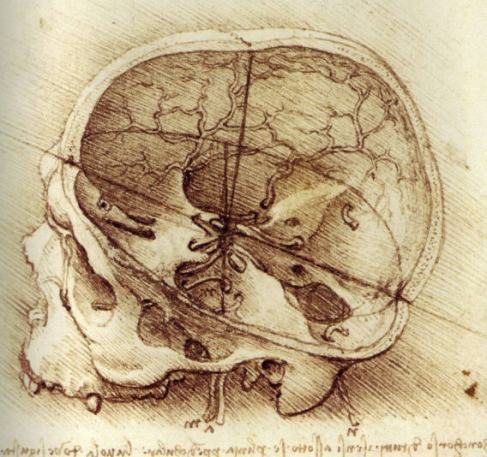
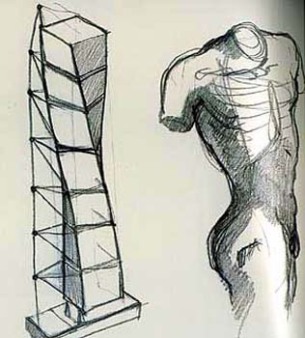
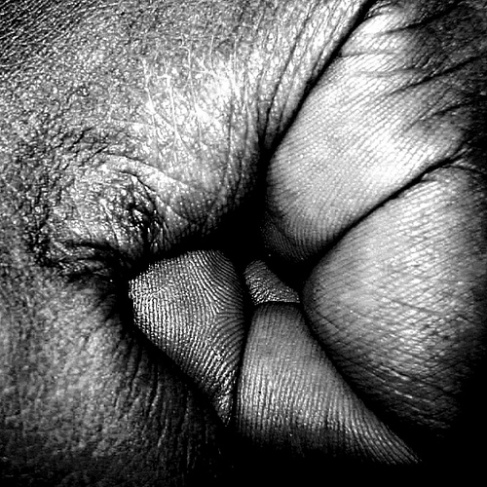
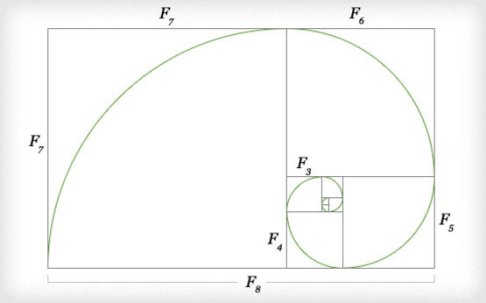
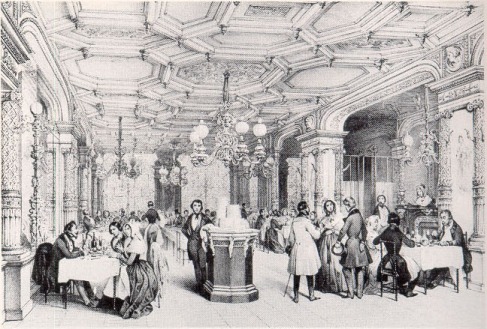
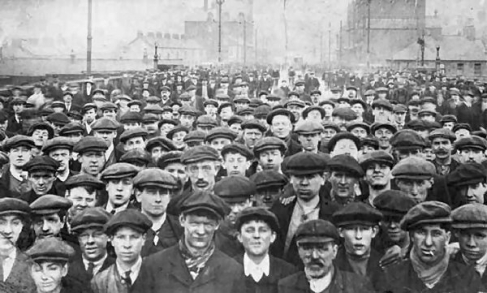
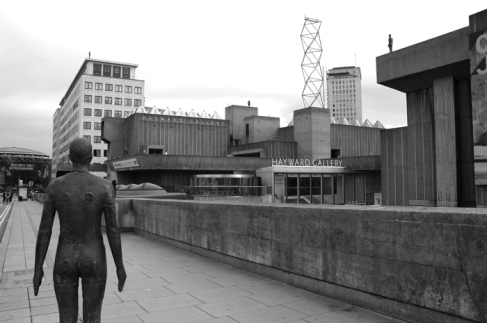
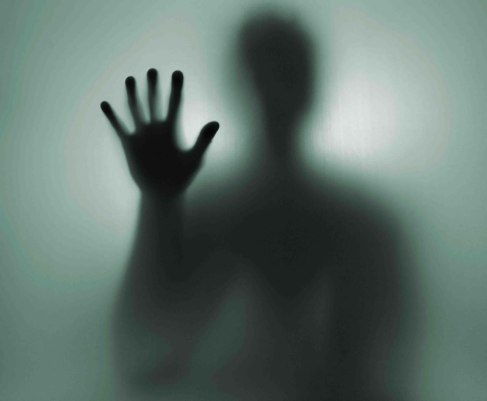
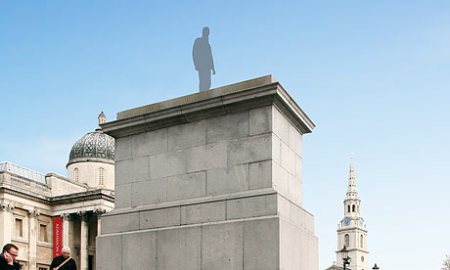


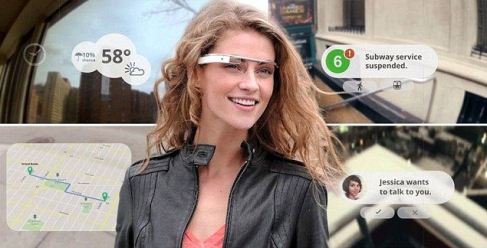
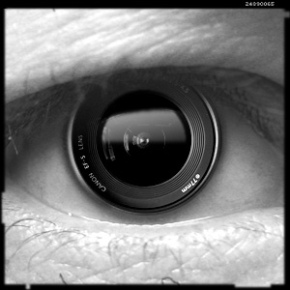
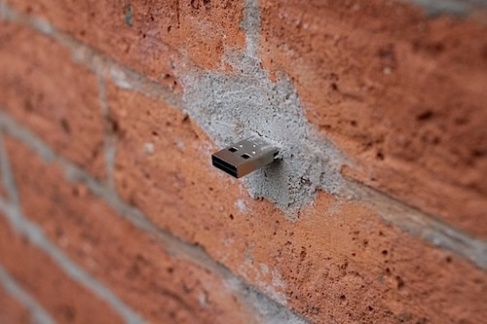
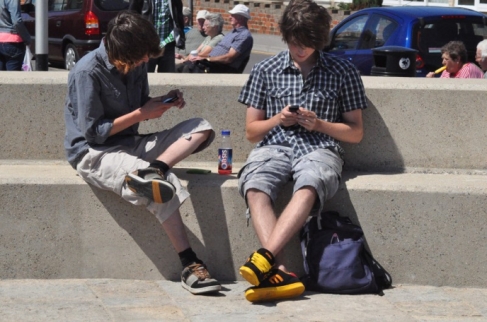
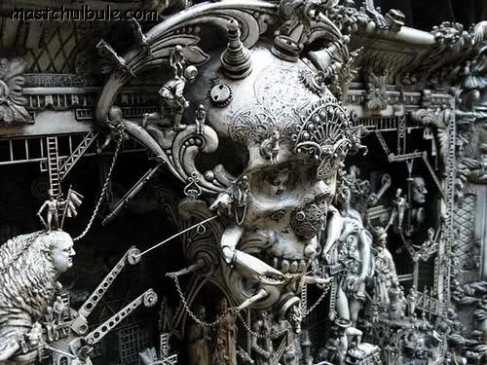
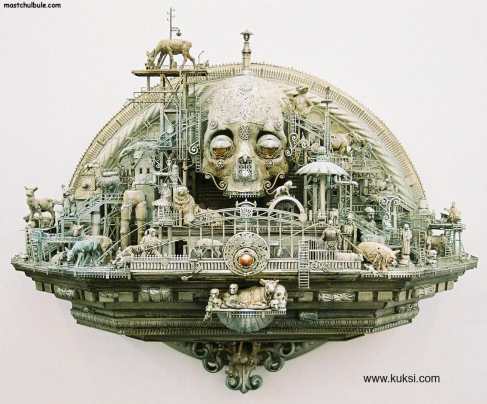
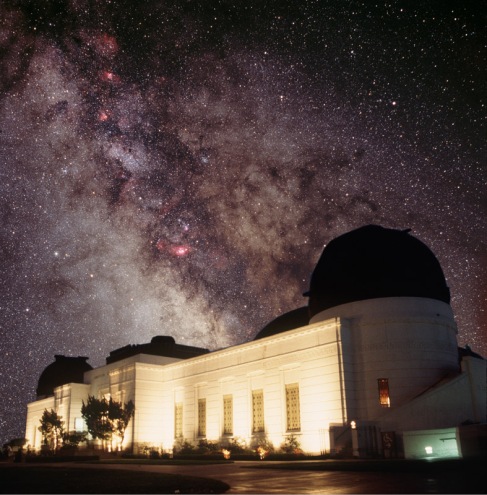
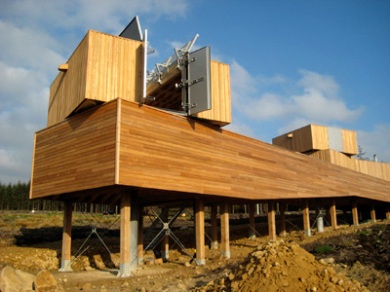
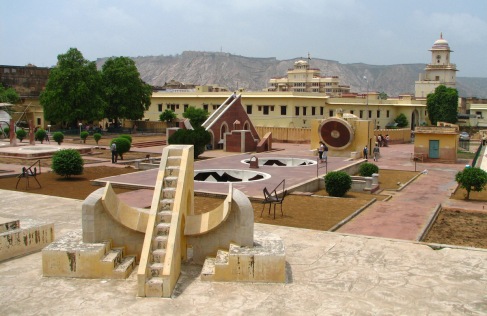
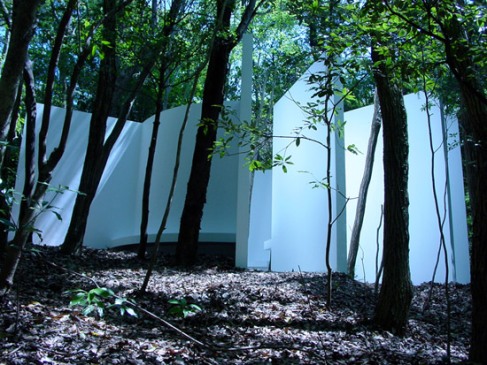



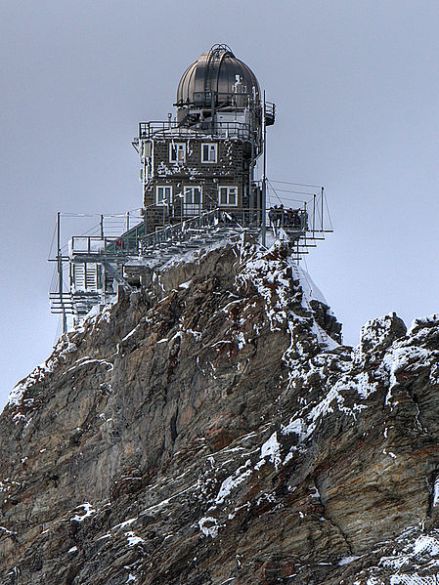
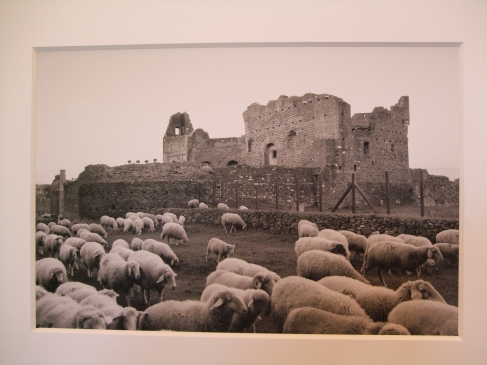
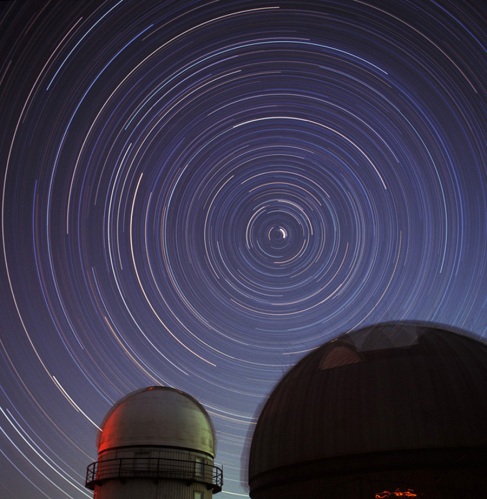
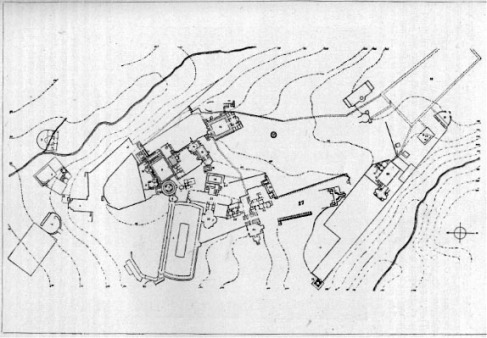
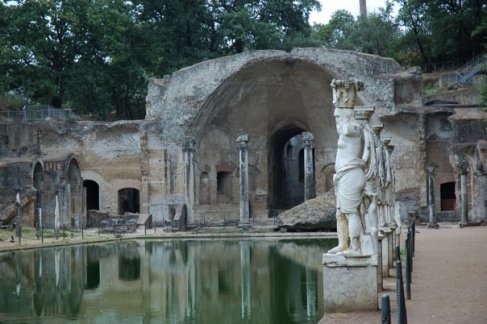
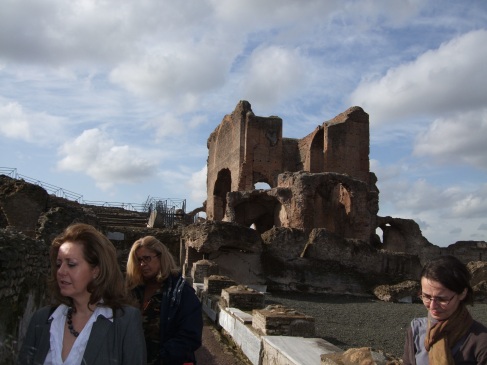
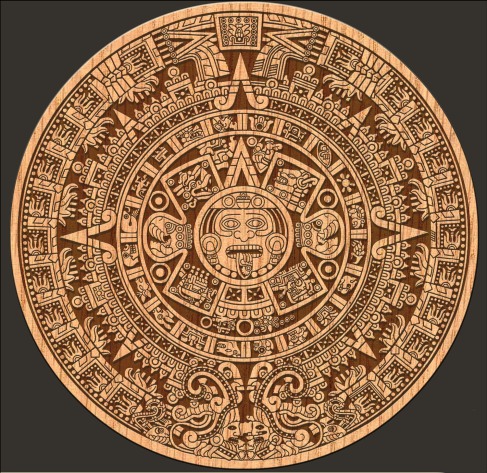
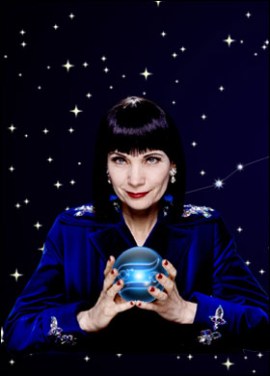
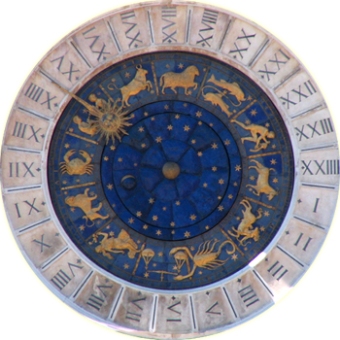
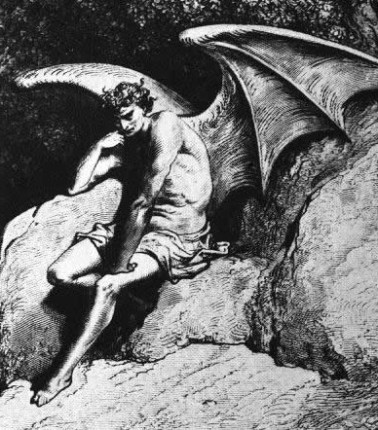
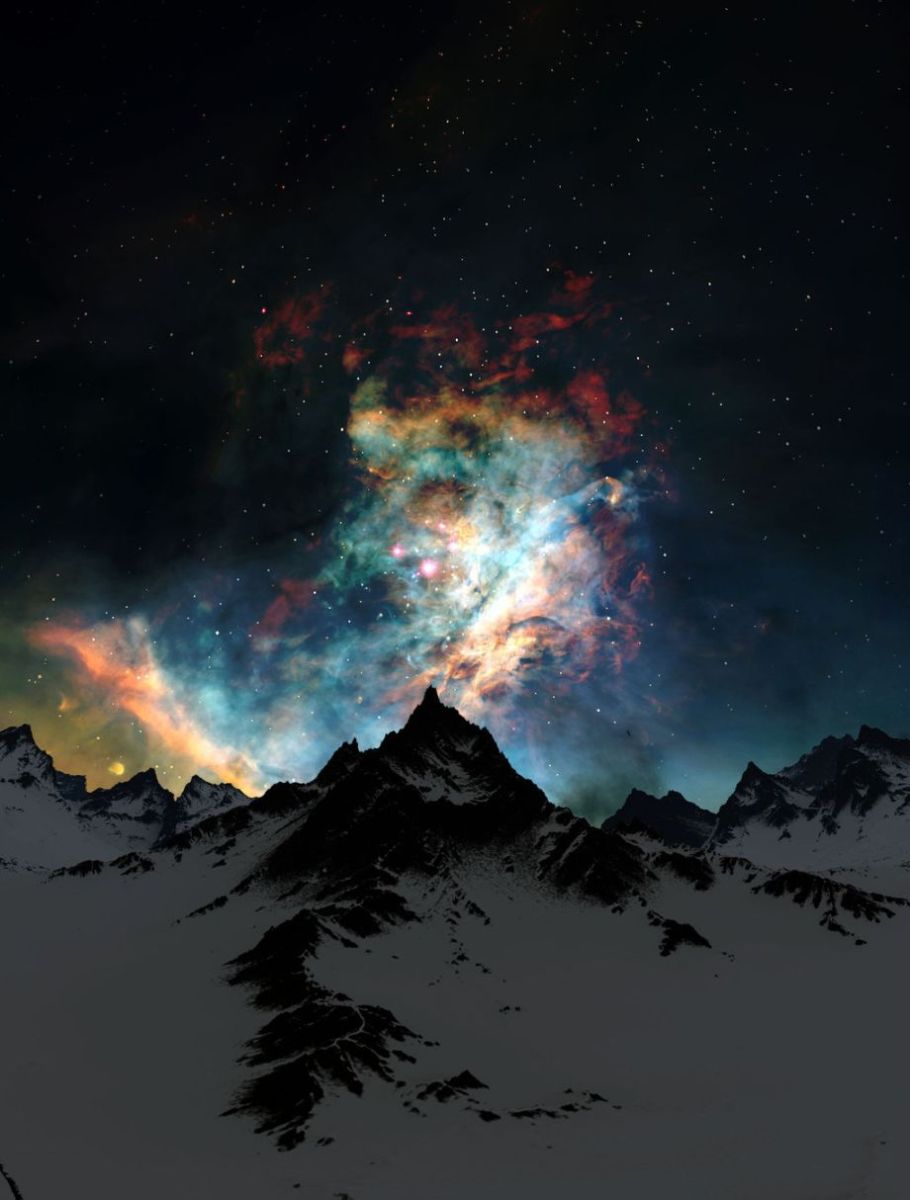
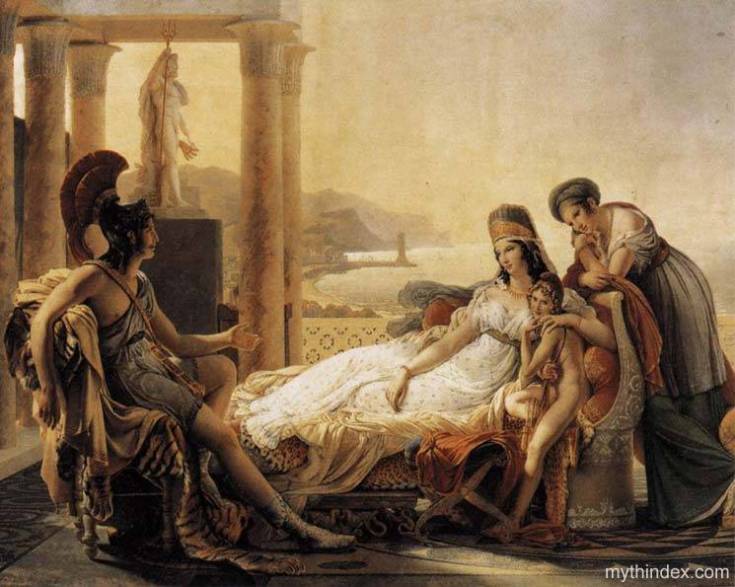
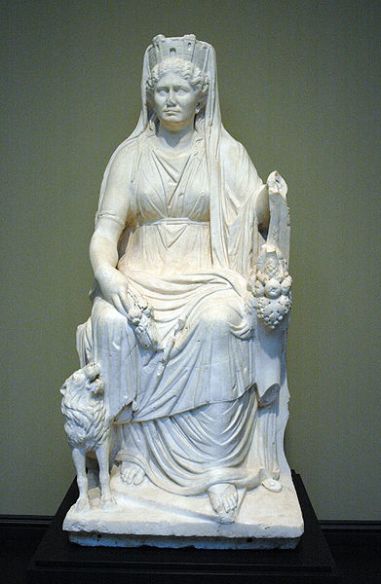
 © London Transport Museum
© London Transport Museum Aldwych Underground Station Tour – © Abigail Lelliott
Aldwych Underground Station Tour – © Abigail Lelliott © London Transport Museum
© London Transport Museum © Abigail Lelliott
© Abigail Lelliott © London Transport Museum
© London Transport Museum © Abigail Lelliott
© Abigail Lelliott © London Transport Museum
© London Transport Museum © Abigail Lelliott
© Abigail Lelliott © London Transport Museum
© London Transport Museum © London Transport Museum
© London Transport Museum © Abigail Lelliott
© Abigail Lelliott © London Transport Museum
© London Transport Museum © Abigail Lelliott
© Abigail Lelliott © London Transport Museum
© London Transport Museum © Abigail Lelliott
© Abigail Lelliott Mail Rail – © Courtesy of the British Postal Museum and Archive
Mail Rail – © Courtesy of the British Postal Museum and Archive © Abigail Lelliott
© Abigail Lelliott Old underground tube map – © London Transport Museum
Old underground tube map – © London Transport Museum



